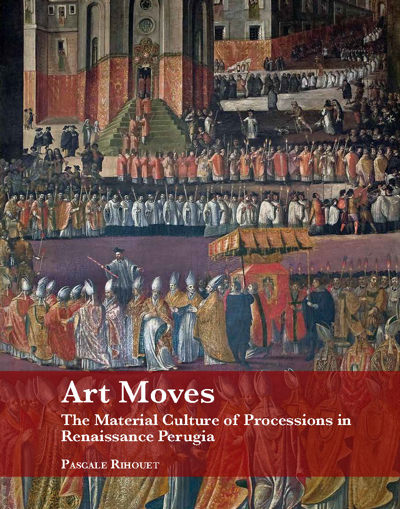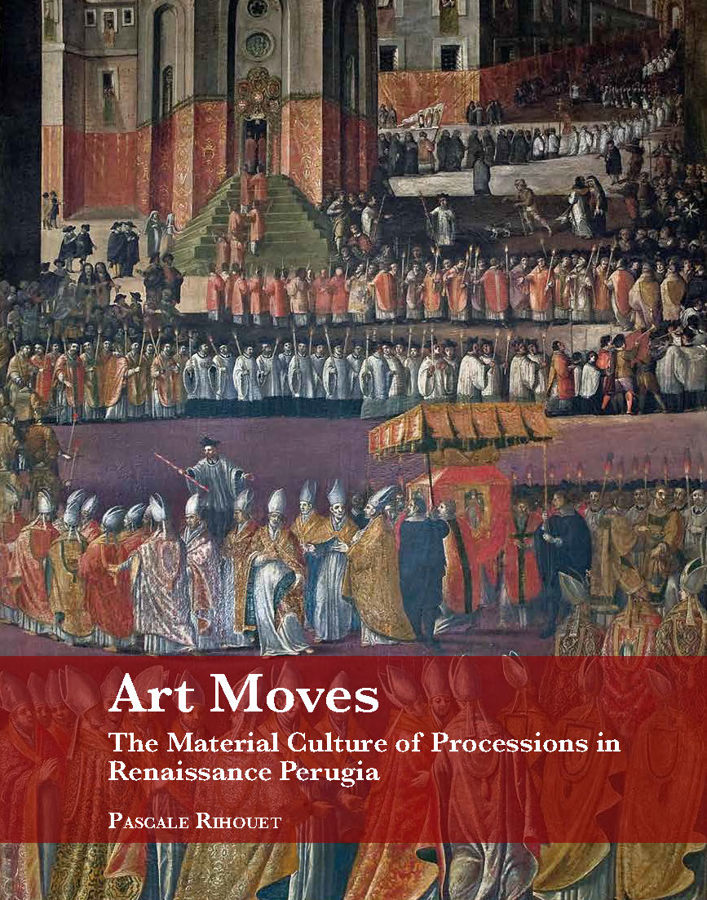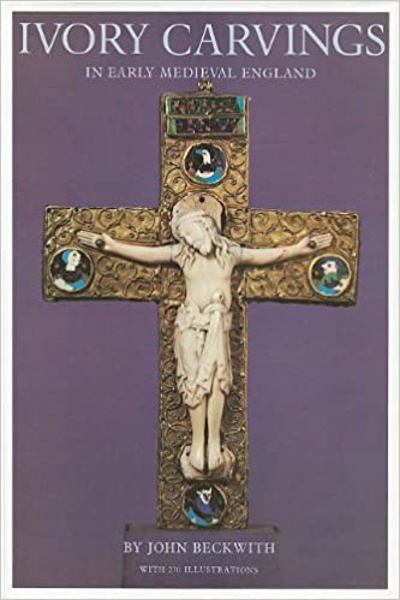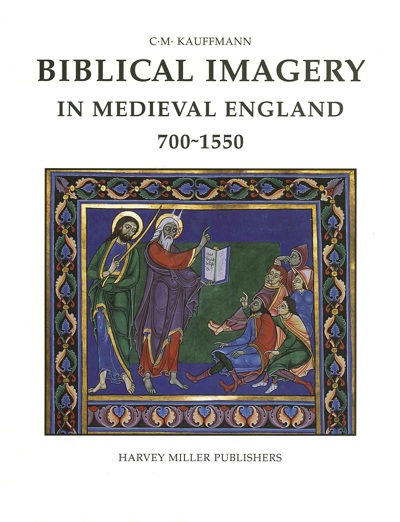
Art Moves. The Material Culture of Processions in Renaissance Perugia
Pascale Rihouet
- Pages: iv + 323 p.
- Size:220 x 280 mm
- Illustrations:69 col.
- Language(s):English
- Publication Year:2019
- € 120,00 EXCL. VAT RETAIL PRICE
- ISBN: 978-1-909400-83-2
- Hardback
- Available
A novel look at Renaissance art history.
“A valuable contribution to scholarship about late medieval and early modern festival culture, this book is about the way that processions, by definition highly ritualized and formalized events, shape communities and identities (…) the book is a true achievement and invites comparisons between Perugia and other ritual cities, both in and outside of early modern Italy.” (Minou Schraven, in Renaissance and Reformation, 42/4, 2019, p. 262)
« C’est un ouvrage important que publie Pascale Rihouet pour les historiens de l’art, médiévistes ou modernistes, s’intéressant tant à la culture matérielle qu’aux images religieuses et aux rituels socio-culturels de la Renaissance (…) « Art moves » est donc un titre programmatique entraînant le lecteur sur la piste de toute cette culture matérielle à travers une enquête qui apporte un éclairage nouveau sur l’organisation des processions et ses significations d’ordre politique, social, moral et symbolique et qui, au-delà du contexte de Pérouse, donne de nombreuses perspectives de recherche pour tout chercheur s’intéressant à l’étude de la vie publique à la Renaissance ou à la sémiologie de l’objet. » (Clarisse Evrard, dans Histara, 11/12/2020)
“Pascale Rihouet’s Art Moves, The Material Culture of Procession in Renaissance Perugia is a beautifully illustrated work with a thorough analysis of material culture during some famous processions of Renaissance Italy. (...) Rihouet’s book makes a significant contribution to the growing scholarship on material culture and processions.” (Arazoo Ferozan, in Confraternitas, 31/1, 2020, p. 57-59).
Pascale Rihouet, PhD Brown University (Providence, USA) / Ecole des Hautes Etudes en Sciences Sociales (Paris), is adjunct faculty at the Rhode Island School of Design since 2008. She teaches a variety of art history courses. She has published many articles on art and ritual, material culture, and group identity in academic journals. Art Moves is her first book, based on her revised dissertation thesis and new research.
"Art Moves" reconstructs the appearance and conditions of use of processional artifacts, whether they were worn (uniforms and liveries), held by individuals, (maces, flags, and candles), or carried communally (canopy, reliquaries, banners, or statues). This is the first book on the material culture of processions as a performative, multi-media, apparatus. It investigates how objects were charged with meaning from medium and fabrication to market value to size and weight. Ritual settings gave them a symbolic force that was heightened through their mobility. In the public events studied here - religious and civic celebrations, elite funerals, papal entries, city-wide penance, and relic transfers - ‘moving’ [pun intended] objects became the meaningful vehicles of ritual efficacy, shaping ideology, group solidarity, and social cohesion. Despite the liturgical framework, processional paraphernalia foregrounded the laity, notably secular authorities and confraternities. Art Moves also raises the issue of conflict that material ephemera could invite or even spark. Renaissance Perugia, a middling-sized city, presents a wealth of textual, visual, and material evidence, not to mention its medieval and renaissance topography. In Perugia more than anywhere else perhaps, several banners played a key role in crisis processions, becoming cult objects revered into the nineteenth century. This study also revisits artistic representations of corteges, questioning the extent of their documentary value. The approach intertwines the disciplines of art history, social history, material culture, religious studies, and anthropology. This publication offers a new way of looking at the dynamics of urban processions while revivifying the sensory experience of public life in Italy, ca. 1350-1600.
With a preface by Jean-Claude Schmitt.





